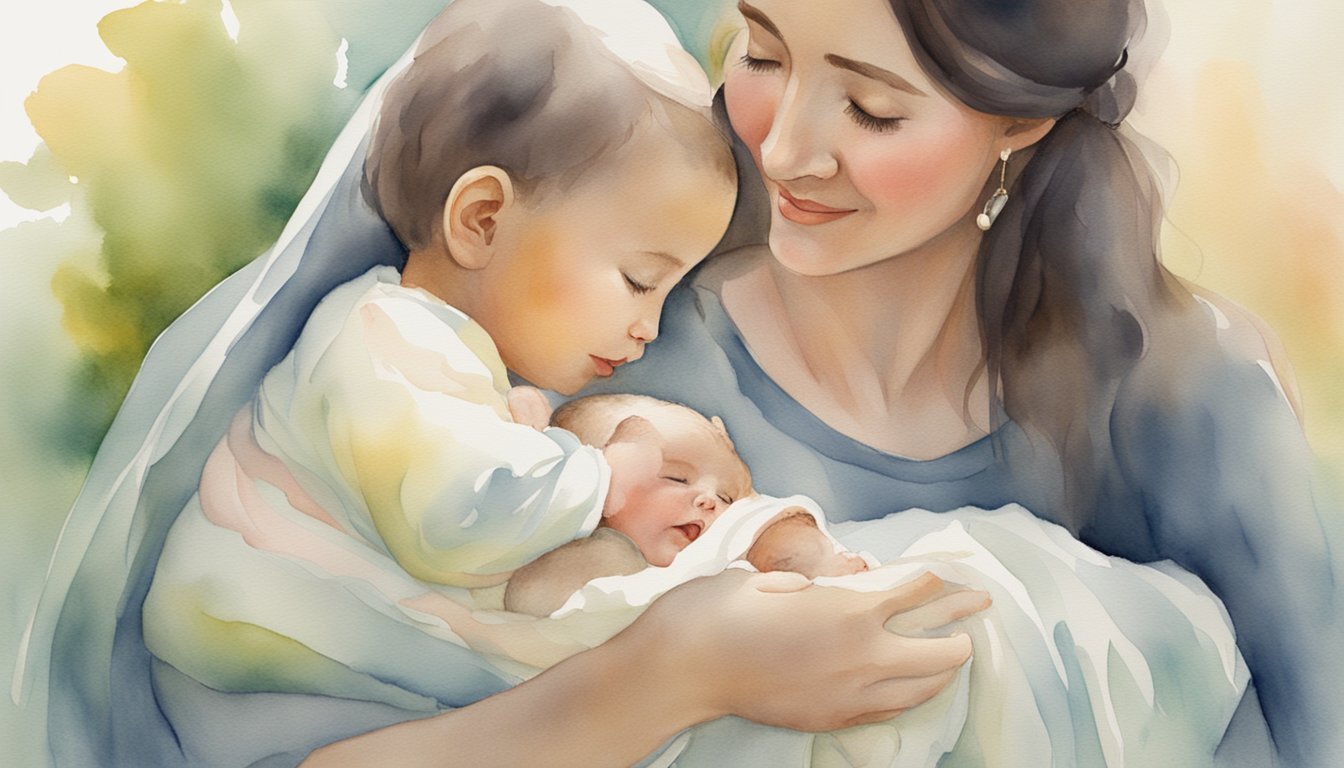Understanding Fraternal Twins
Fraternal twins are formed when two separate eggs are fertilized by two different sperm, leading to the birth of nonidentical siblings. These are known as dizygotic twins, as opposed to identical or monozygotic twins.
Genetics and Conception
Fraternal twins arise from a double ovulation event during which a woman releases two eggs instead of the usual one. If both eggs are fertilized by separate sperm cells, two embryos develop. Each twin has its own unique mix of genes and chromosomes, just like any pair of siblings. Fraternal twins can be of the same sex or a combination of male and female, depending on whether XX or XY chromosomes characterize the fertilized eggs.
Characteristics and Differences
Even though fraternal twins share the same womb, their genetic differences may influence distinct physical characteristics and personalities. Nonidentical twins often share some similarities, as siblings do, but each twin has a unique genetic makeup, which results in variations in appearance, traits, and even health profiles. Since genetic material is not identical between fraternal twins, they are not replicas of each other and could be as distinct as any other siblings.
Fraternal vs Identical Twins
Unlike fraternal twins, identical twins result from a single fertilized egg that splits into two embryos, sharing the same genetic blueprint. This monozygotic occurrence makes identical twins virtually indistinguishable in genetic terms. In contrast, fraternal twins have their own set of genes – much like regular siblings – resulting from two separately fertilized eggs. It is important to understand this distinction as it underscores the profound differences in the development, characteristics, and genetic connections between these two types of twinship.
Pregnancy and Birth of Fraternal Twins

Fraternal twins’ development starts when two separate eggs are fertilized by two different sperm, leading to a dual pregnancy with unique individuals. This process involves a myriad of medical marvels and requires tailored prenatal care.
Development and Gestation
During pregnancy, each fraternal twin develops within their own amniotic sac and has a separate placenta. The gestation period for twins is typically shorter than for a singleton and can be as brief as 36 weeks. Unlike identical twins, which originate from one fertilized egg that splits, fraternal twins hail from two distinct eggs. It’s fascinating that this type of twinning is genetic and traces back to the mother’s side; instances of multiple births have been noted in family histories.
Health Considerations and Prenatal Care
The journey of carrying fraternal twins involves special prenatal care to monitor the growth and development of both babies. A significant aspect is the increased nutritional needs and vigilance for conditions like gestational diabetes. Doctors may schedule more frequent ultrasounds and check-ups compared to a singleton pregnancy. Additionally, twin pregnancies have a higher rate of C-sections and preterm births. Nonetheless, advancements in prenatal care now allow many twins to be born healthy, overcoming the challenges posed by twin pregnancies.
Cultural and Societal Aspects

When it comes to fraternal twins, society and culture have their unique impressions and influences which can be seen vividly in twin studies and inherent familial dynamics. Here’s how:
Twin Studies and Hereditary Factors
Twin studies have offered invaluable insights into the intricate interplay between genetics and the environment. They underscore that while siblings may share a family history, fraternal twins only share about 50% of their DNA, which fosters a distinctive blend of hereditary traits and individual idiosyncrasies, as evidenced in behaviors and susceptibility to certain health conditions. These studies provide a fascinating look at hereditary factors, often utilizing DNA tests to explore these genetic intricacies.
Unique Twin Dynamics
Within the immediate family, fraternal twins can experience a world of unique social dynamics. Whether same gender or mixed-gender twins, issues around identity and interdependence often surface. Twin dynamics are uniquely shaped by external factors such as societal labels and the handling of conflicts, especially during formative periods like holidays. Boy-girl twins may navigate the waters of separation anxiety and identity issues with different societal expectations than same-gender fraternal twins. How twins construct their individual identity while maintaining a close bond remains a topic of human fascination, as explored in cultural studies like “Twins talk: What twins tell us about person, self, and society”.

